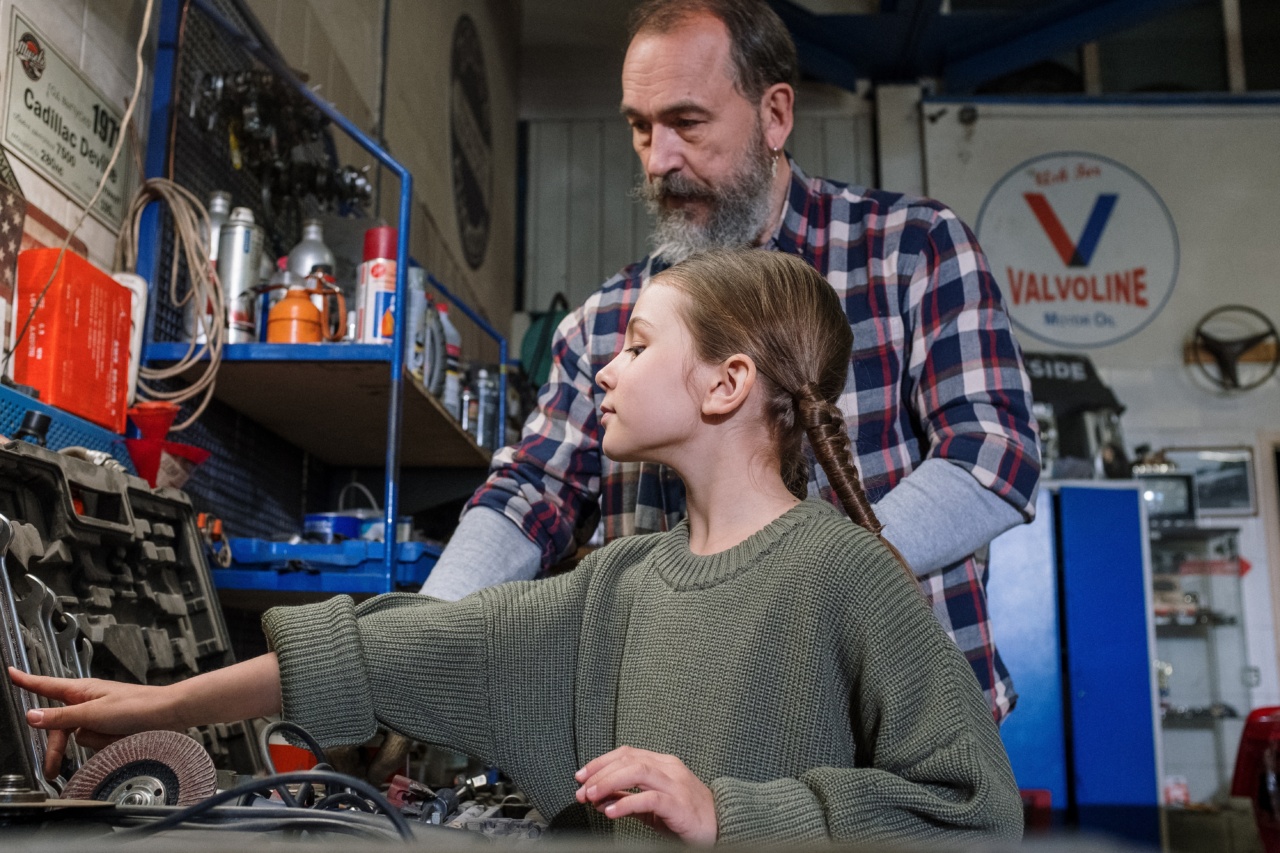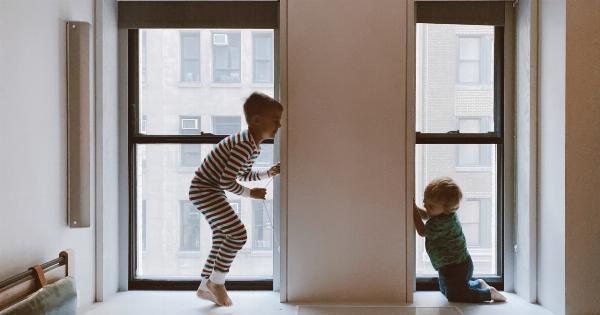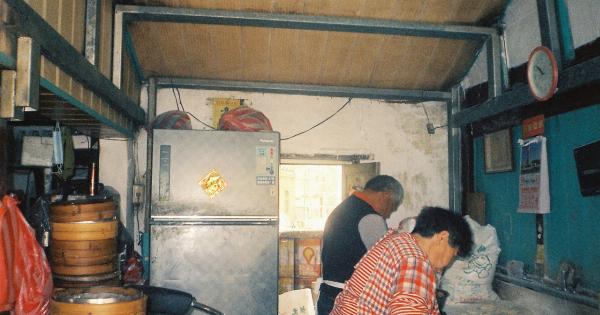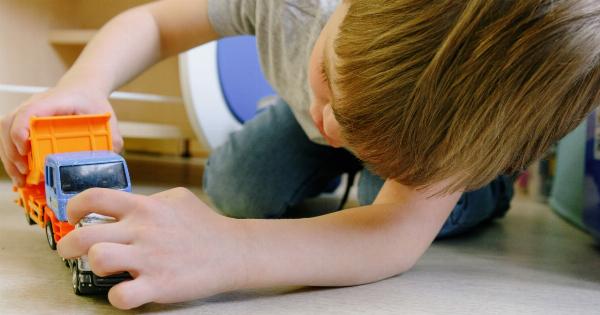When it comes to raising children, their safety is a top priority for every parent. As little ones explore the world around them, it’s crucial to create a safe environment that minimizes the risk of accidents.
From childproofing your home to teaching them good safety habits, here are some essential tips to keep your child safe and prevent common accidents.
Childproofing the Home
Childproofing your home is an important step in ensuring your child’s safety. Consider the following measures:.
1. Install safety gates at the top and bottom of stairs to prevent falls.
2. Cover electrical outlets with childproof plugs to prevent accidental electric shocks.
3. Secure heavy furniture and appliances to the wall to avoid tipping hazards.
4. Use safety latches and locks on cabinets and drawers to restrict access to potentially dangerous items.
5. Put up window guards to prevent falls from open windows.
Supervising Your Child
While childproofing is essential, supervising your child is equally important. Keep an eye on them at all times to prevent accidents.
1. Never leave your child unattended near water, whether it’s a bathtub, pool, or even a bucket filled with water.
2. Stay within arm’s reach when your child is in or around water to ensure their safety.
3. Keep dangerous objects out of reach and always store sharp objects, medications, cleaning supplies, and other hazardous materials securely.
4. Avoid distractions like using your phone or engaging in activities that take your attention away from your child.
5. Teach your child boundaries and set clear rules to prevent them from wandering off or accessing restricted areas.
Teaching Safety Habits
Encouraging good safety habits in your child is crucial, as it equips them with the skills necessary to avoid accidents.
1. Teach your child about fire safety and the importance of never playing with matches, lighters, or other flammable objects.
2. Show them how to properly cross the street by looking both ways, using designated crosswalks, and holding an adult’s hand.
3. Demonstrate the correct way to use playground equipment to avoid falls and injuries.
4. Teach your child about the dangers of strangers and the importance of not talking to or going with someone they don’t know.
5. Encourage proper helmet usage when riding bicycles, skateboards, or participating in any activity that requires head protection.
Preventing Choking Hazards
Choking is a significant concern for young children. Take steps to minimize choking hazards:.
1. Always supervise mealtime and make sure your child sits down while eating to prevent choking while running or playing.
2. Cut food into small, manageable pieces to reduce the risk of choking.
3. Avoid giving young children hard, round, or small foods that can easily become lodged in their throat.
4. Regularly inspect toys and ensure they are age-appropriate, without small parts that can pose a choking risk.
5. Be cautious with items such as coins, batteries, and balloons, as they can also be choking hazards if swallowed.
Preventing Falls
Falls are a common cause of injuries in children. Take these precautions:.
1. Keep stairways clear and install safety gates at the top and bottom to prevent falls.
2. Use window guards and safety netting on balconies or elevated areas.
3. Keep furniture away from windows to prevent children from climbing up and potentially falling out.
4. Provide safe play areas with shock-absorbing surfaces like rubber mats or wood chips.
5. Supervise your child on playgrounds and ensure they are using equipment suitable for their age and abilities.
Responding to Emergencies
While prevention is crucial, it’s also vital to know how to respond in case of emergencies:.
1. Learn CPR and first aid techniques specifically for infants and children.
2. Keep emergency contact numbers readily available and accessible in case of accidents or emergencies.
3. Have a properly stocked first aid kit in your home and take it with you when traveling.
4. Teach your child how to call for help in case of emergencies and ensure they know their full name, address, and phone number.
5. Establish a plan for fire evacuations, conducting regular drills with your child and designating a safe meeting place outside the house.
Conclusion
By implementing these child safety measures, you can create a secure environment for your child and greatly reduce the risk of common accidents.
Remember to childproof your home, supervise your child attentively, teach them safety habits, and be prepared for emergencies. Having peace of mind knowing that your child is safe allows them to explore, learn, and grow with confidence.





























